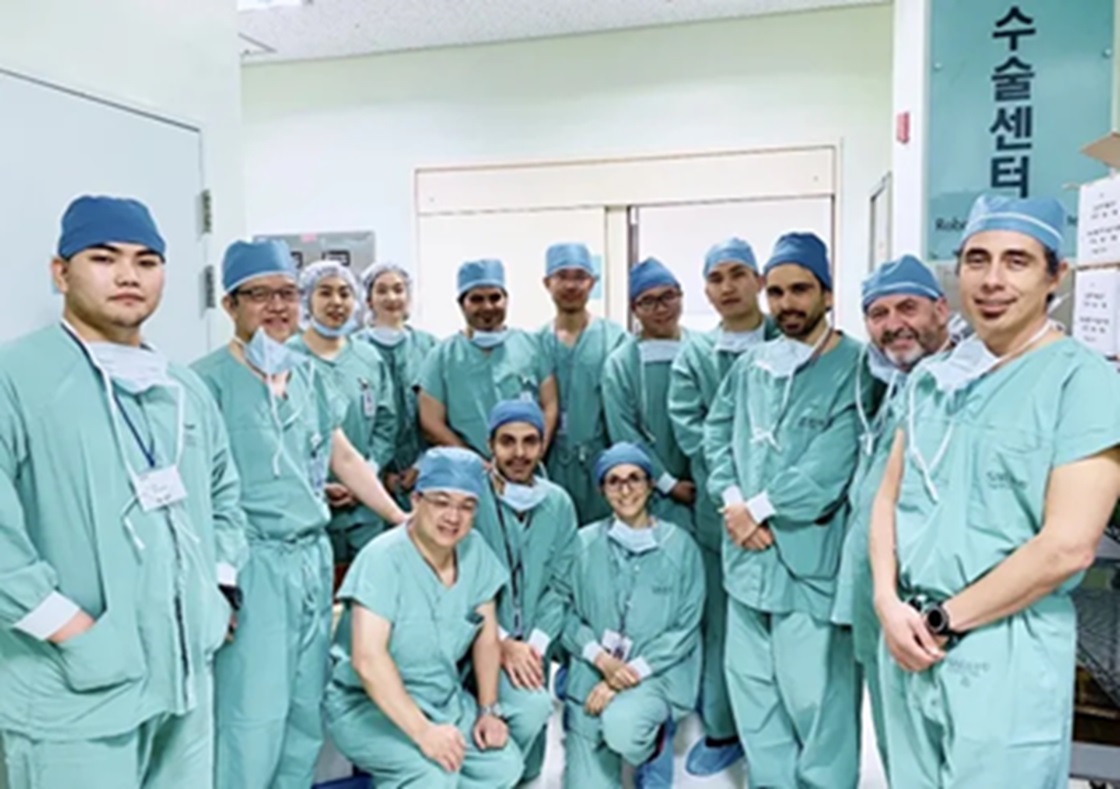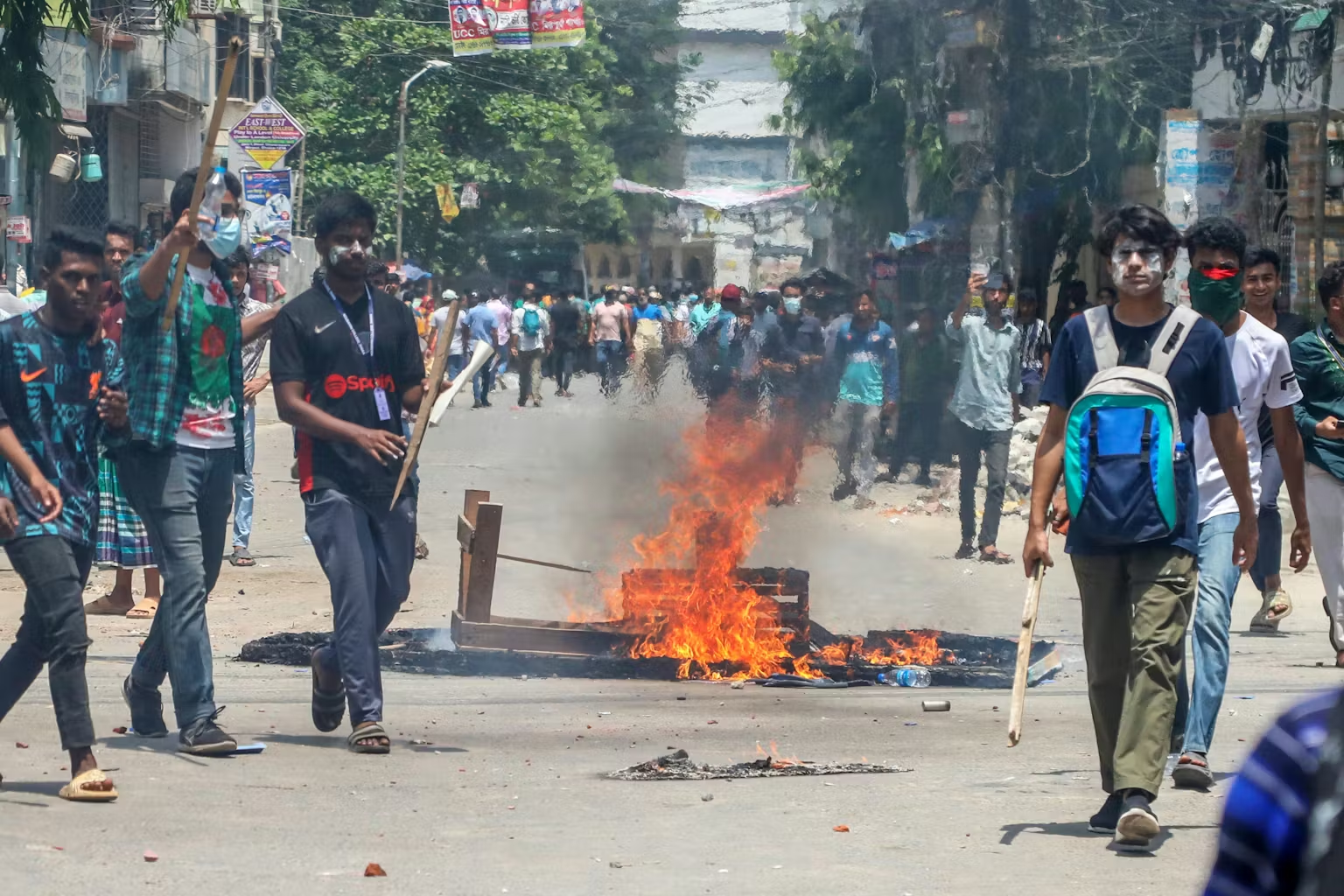South Korea, renowned for its rapid economic growth and technological advancements, is currently grappling with a severe shortage of medical personnel. With only 2.6 doctors per 1,000 population in 2020, the country falls significantly below the OECD average of 3.7 (OECD Health Statistics, 2022). Demographic changes, geographic disparities, political decisions, and professional challenges drive this shortage. The South Korean government has recently undertaken measures to address this issue, including increasing medical school admissions, but these efforts have met with substantial resistance from the medical community. This paper examines the origins of this crisis, its implications for South Korea’s healthcare system, and the potential international ramifications.
Origins of the Medical Personnel Shortage
1. Demographic Shifts and Aging Population
One of the primary drivers of the medical personnel shortage in South Korea is its rapidly ageing population. By 2030, nearly a quarter of South Koreans will be 65 years of age or older (Korea Employment Information Service, 2021). This demographic shift is associated with an increase in chronic diseases and comorbidities, which place additional demands on the healthcare system. Cho (2020) discusses how the ageing society in South Korea leads to greater utilization of healthcare services, particularly in geriatrics and primary care.
The increasing complexity of medical cases among the elderly requires a skilled and sufficient workforce. Physicians need specialized training to effectively manage age-related diseases. However, the current number of medical professionals is insufficient to meet these needs. This shortage is further exacerbated by the uneven distribution of doctors, with a higher concentration in urban areas, leaving rural regions underserved.
2. Geographic Disparities
The geographic distribution of medical personnel in South Korea is highly uneven, with a significant concentration in major urban centres like Seoul. According to the Korea Medical Association (KMA, 2015), nearly 50% of the country’s specialists are located in Seoul and its surrounding areas. This disparity results in rural areas having three times fewer doctors per 10,000 inhabitants compared to Seoul (KIHASA, 2019).
Innovative solutions are needed to address this geographic imbalance. Financial incentives and rural-based training programs could encourage doctors to practice in underserved areas. Jeon, Ju, and Kim (2018) suggest that improving the spatial accessibility of healthcare facilities can help mitigate these disparities. Additionally, the development of mobile health services and the establishment of medical centres in rural areas can facilitate easier access to care.
3. Political Decisions and Professional Challenges
The drastic reduction in the number of medical school admissions (clauses) in the early 2000s, driven by pressure from medical unions, has significantly contributed to the current shortage. Between 2001 and 2016, the number of new medical students dropped by 21% (KMA, 2017). This policy created a generational gap, with a large number of retirements not being offset by an adequate influx of new doctors.
Reassessing the number of medical school admissions is crucial to ensuring a steady flow of new healthcare professionals. Lim and Yang (2019) emphasize the importance of aligning medical education policies with future population needs. The balance between the quality of medical training and the number of trained professionals is essential for meeting the growing health demands of South Korean society.
Implications for the Health System
1. Shortages in Critical Areas
The shortage of medical personnel is particularly acute in critical areas such as paediatrics, geriatrics, and emergency care. This lack of specialist professionals limits the healthcare system’s ability to meet the specific needs of patients, creating significant gaps in medical care. Kim, Kim, and Kim (2019) highlight that targeted actions, such as incentives to attract physicians to these specialities, are crucial for strengthening these critical areas of health.
Accelerated training programs and retraining existing physicians can temporarily bridge these gaps. Yoon and Cho (2019) argue that sectoral shortages must be anticipated and addressed to ensure comprehensive and quality medical coverage for all age groups.
2. Overwork and Deterioration of Working Conditions
The shortage of physicians leads to increased overwork and deterioration of working conditions for those still in the workforce. This excessive workload compromises the quality of care, exposes healthcare professionals to burnout risks, and negatively affects their overall well-being. Kim, Yoon, and Oh (2018) discuss how improving working conditions through initiatives such as flexible working hours and stress management programs can help alleviate these issues.
Investing in physician well-being policies is not only essential for maintaining the quality of care but also for attracting and retaining healthcare professionals. This approach can help stabilize the situation in the context of ongoing shortages.
3. Vulnerability to Health Crises
The shortage of medical personnel makes South Korea’s healthcare system particularly vulnerable during large-scale health crises, such as the COVID-19 pandemic. Insufficient capacity to handle sudden patient influxes can lead to hospital overcapacity, emergency service saturation, and overwhelming pressure on healthcare professionals. Shin, Lee, and Shin (2021) emphasize the need for well-developed contingency plans, trained crisis-response personnel, and flexible coping mechanisms to strengthen the system’s resilience.
International Implications and Future Directions
1. Impact on International Relations
South Korea’s struggle with medical personnel shortages has broader implications for its international relations. As a developed nation with a robust healthcare system, these challenges can impact South Korea’s global image and influence. Kwon (2018) discusses how South Korea’s efforts to achieve universal health coverage can serve as a model for other countries, but these efforts are undermined by the current shortages.
Moreover, the country’s ability to respond to international health crises is compromised by these shortages, highlighting the need for international cooperation and assistance. Collaborating with other nations and international organizations can provide valuable support in addressing these challenges.
2. Government Initiatives and Policy Recommendations
In response to the crisis, the South Korean government has undertaken several measures, including increasing the number of medical school admissions and improving working conditions for healthcare professionals. President Yoon Suk Yeol has emphasized the need for comprehensive support for medical schools to accommodate the increased number of students (Yonhap News, 2024).
Partnering with internationally renowned medical institutions can provide opportunities for educational exchanges and collaborations to develop training programs tailored to South Korea’s specific needs. Oh, Lee, and Lee (2018) suggest that these partnerships can help diversify opportunities and adapt to global best practices.
3. Innovative Solutions and International Cooperation
Several innovative solutions can be considered to address the medical personnel shortage in South Korea:
**Telemedicine and Advanced Medical Technology**: Investing in telemedicine and advanced medical technologies can transcend geographic barriers, providing broader access to healthcare. Mobile medical monitoring applications, remote patient surveillance, and online consultations can relieve pressure on overcrowded urban medical facilities and extend care to remote areas, reducing health inequalities.
**Accelerated Training and Vocational Conversion**: Implementing accelerated training programs and career conversion opportunities for existing healthcare workers can rapidly mobilize additional labour while ensuring adequate training and skills. Lee, Shin, and Kim (2017) discuss the potential of such programs to address immediate shortages.
**International Partnerships in Medical Education**: Collaborating with internationally renowned medical institutions can facilitate educational exchanges and develop training programs aligned with South Korea’s specific needs. Kang and Boo (2019) highlight the benefits of these partnerships in enhancing healthcare services.
Proposed Solutions and Systemic Analysis
To address the pressing issue of medical personnel shortages in South Korea, a multifaceted and systemic approach is essential. This section will delve into detailed, comprehensive solutions that target the root causes of the shortage and propose sustainable measures for the future. Each solution will be analyzed within the context of current systemic failings, highlighting areas for improvement and potential challenges.
Expanding Medical School Admissions
**Current Systemic Failings**: The significant reduction in medical school admissions in the early 2000s, driven by pressure from medical unions, has created a critical bottleneck in the supply of new doctors. This policy has resulted in a generational gap, with a substantial number of retirements not being matched by new entrants into the profession.
**Proposed Solution**: A comprehensive reassessment and expansion of medical school admissions are essential. This involves not only increasing the number of available slots for medical students but also ensuring that the quality of medical education is not compromised.
**Implementation**: The government should collaborate with medical schools to gradually increase admissions, providing necessary funding and resources to accommodate larger student bodies. This includes expanding facilities, hiring additional faculty, and enhancing educational infrastructure.
**Challenges**: Resistance from medical unions and current practitioners concerned about job market saturation and the potential decline in training quality.
Introducing Accelerated Training Programs
**Current Systemic Failings**: The lengthy duration of medical education and training contributes to the slow replenishment of the workforce. Traditional medical training programs can take up to a decade, including undergraduate studies, medical school, and residency.
**Proposed Solution**: Introducing accelerated training programs that streamline the educational process while maintaining rigorous standards can help address the shortage more quickly.
**Implementation**: Develop specialized fast-track programs for high-demand specialities such as geriatrics, emergency medicine, and rural healthcare. These programs can include intensive coursework, practical training, and early immersion in clinical settings.
**Challenges**: Ensuring that accelerated programs do not compromise the depth and quality of medical training. Regular evaluations and adjustments will be necessary to maintain high standards.
Promoting Vocational Conversion Programs
**Current Systemic Failings**: The healthcare system’s inflexibility in allowing professionals from related fields to transition into medical roles exacerbates personnel shortages.
**Proposed Solution**: Establishing vocational conversion programs that enable professionals from related fields (e.g., nursing, allied health) to transition into medical practice.
Title Image Courtesy: https://middleeasthealth.com/
Disclaimer: The views and opinions expressed by the authors do not necessarily reflect the views of the Government of India and Defence Research and Studies
References
Cho, S. (2020). Aging society and healthcare utilization in South Korea. Korean Journal of Family Medicine, 41(6), 360–365.Kwon, S. (2018).
Thirty years of national health insurance in South Korea: Lessons for achieving universal health care coverage. Health Policy and Planning, 33(6), 654–661.Shin, J. Y., Lee, S., & Shin, Y. J. (2021).
Current state and future challenges of telemedicine in South Korea. Healthcare Informatics Research, 27(1), 3–10.Kim, A. R., Kim, K., & Kim, Y. (2019).
Physician workforce in South Korea: Current status and challenges. Journal of Korean Medical Science, 34(1), e44.OECD. (2022). OECD Health Statistics 2022.
Organisation for Economic Co-operation and Development.Korea Employment Information Service. (2021).
Labor Force Survey. Retrieved from https://survey.keis.or.kr/Korea Medical Association (KMA). (2015).
Korean Medical Workforce Status. Retrieved from http://www.kma.org/Korea Institute for Health and Social Affairs (KIHASA). (2019).
Health and Welfare Policy Issues in Korea. Retrieved from https://www.kihasa.re.kr/KMA. (2017).
Statistical Yearbook of the Medical Community in Korea. Retrieved from http://www.kma.org/Ministry of Health and Welfare (MOHW). (2020).
Healthcare Bigdata Hub. Retrieved from https://opendata.hira.or.kr/Oh, J., Lee, Y., & Lee, J. (2018).
A qualitative exploration of the Korean physician workforce. Journal of Educational Evaluation for Health Professions, 14, 5.Yoon, T. H., & Cho, J. (2019).
Predicting physician shortages in South Korea using a system dynamics model. BMC Health Services Research, 19(1), 783.Lee, Y. R., Shin, H. T., & Kim, K. K. (2017).
Current status and prospects of medical education reform at Seoul National University College of Medicine. Journal of Educational Evaluation for Health Professions, 14, 5.Kang, S. H., & Boo, Y. J. (2019).
The effect of changes in medical insurance benefit coverage on the use of health care services by children in South Korea. BMC Health Services Research, 19(1), 219.Jeon, W. S., Ju, B. J., & Kim, T. H. (2018).
Investigating the spatial accessibility of healthcare facilities: A case study of South Korea. Spatial Information Research, 26(3), 249–259.Kim, D. S., & Yang, J. S. (2018).
An evaluation of the physician workforce in South Korea: At present and in the future. Health Policy and Management, 28(3), 290–297.Lim, M. K., & Yang, H. J. (2019).
Changes in geographic accessibility of community hospitals after implementing the single employment contract policy in South Korea. Journal of Preventive Medicine and Public Health, 52(3), 180–188.Park, S. Y., & Kim, Y. J. (2019).
Influence of community hospital mergers on hospital efficiency in South Korea. Health Policy and Management, 29(2), 166–174.Yoon, T. H., & Cho, J. (2019).
The effects of physician wage equalization: Evidence from South Korea. BMC Health Services Research, 19(1), 327.Kim, H. K., Yoon, S. J., & Oh, I. H. (2018).
Population health management in South Korea: Current status and prospects. Journal of Korean Medical Science, 33(26), e177.









